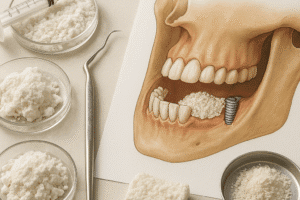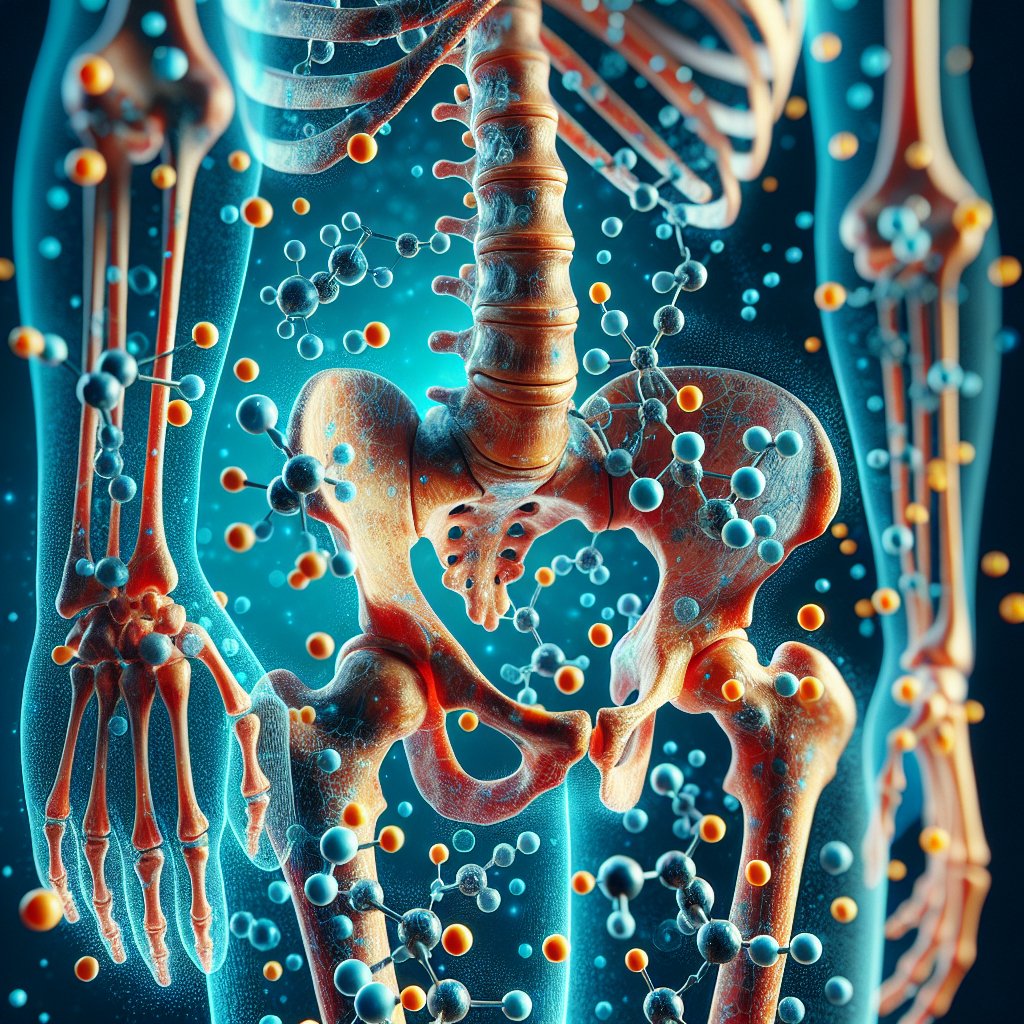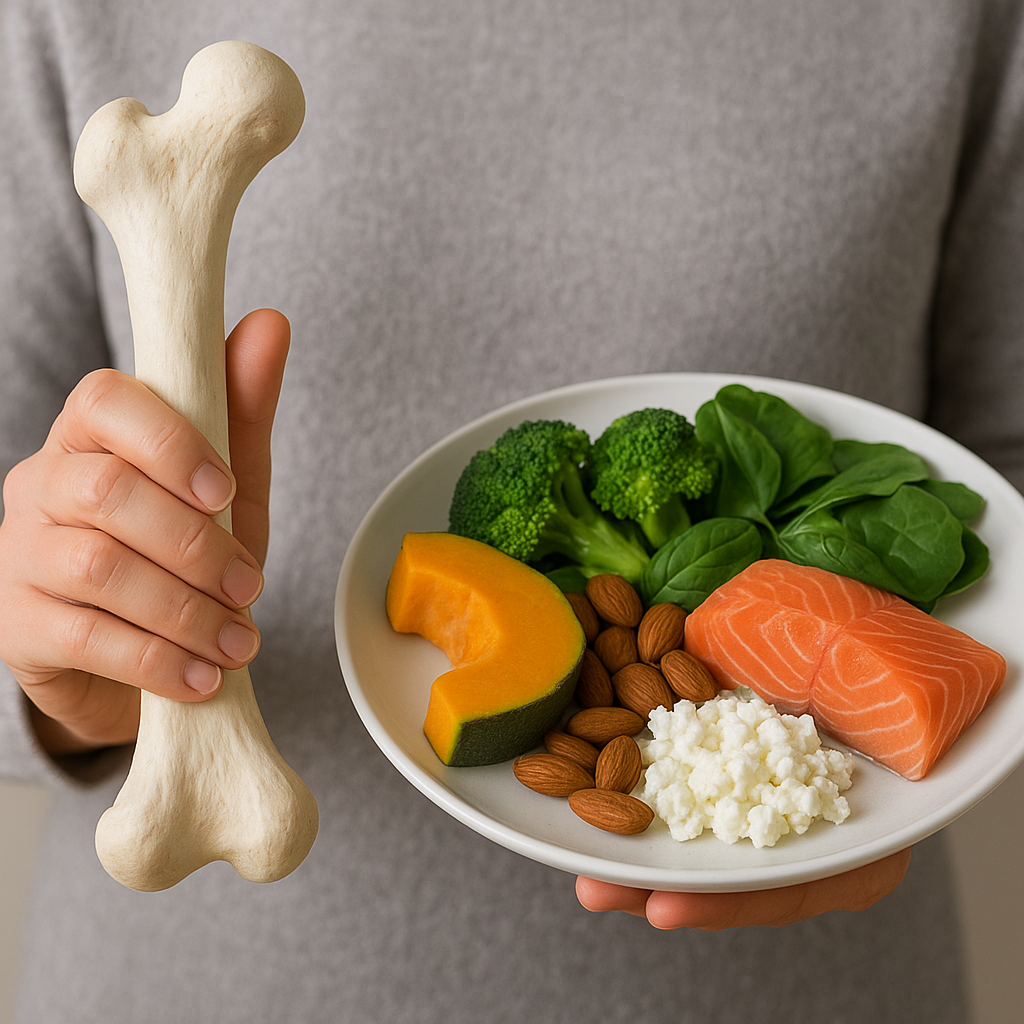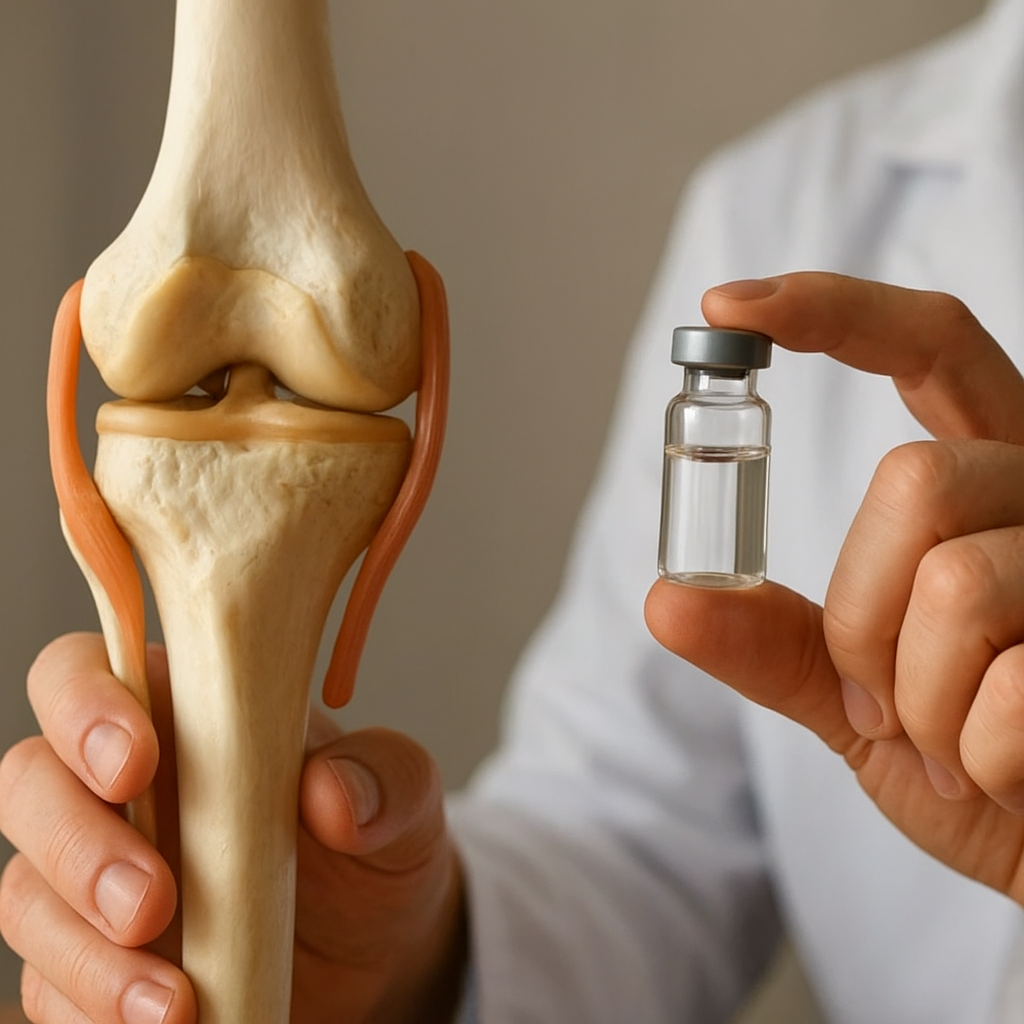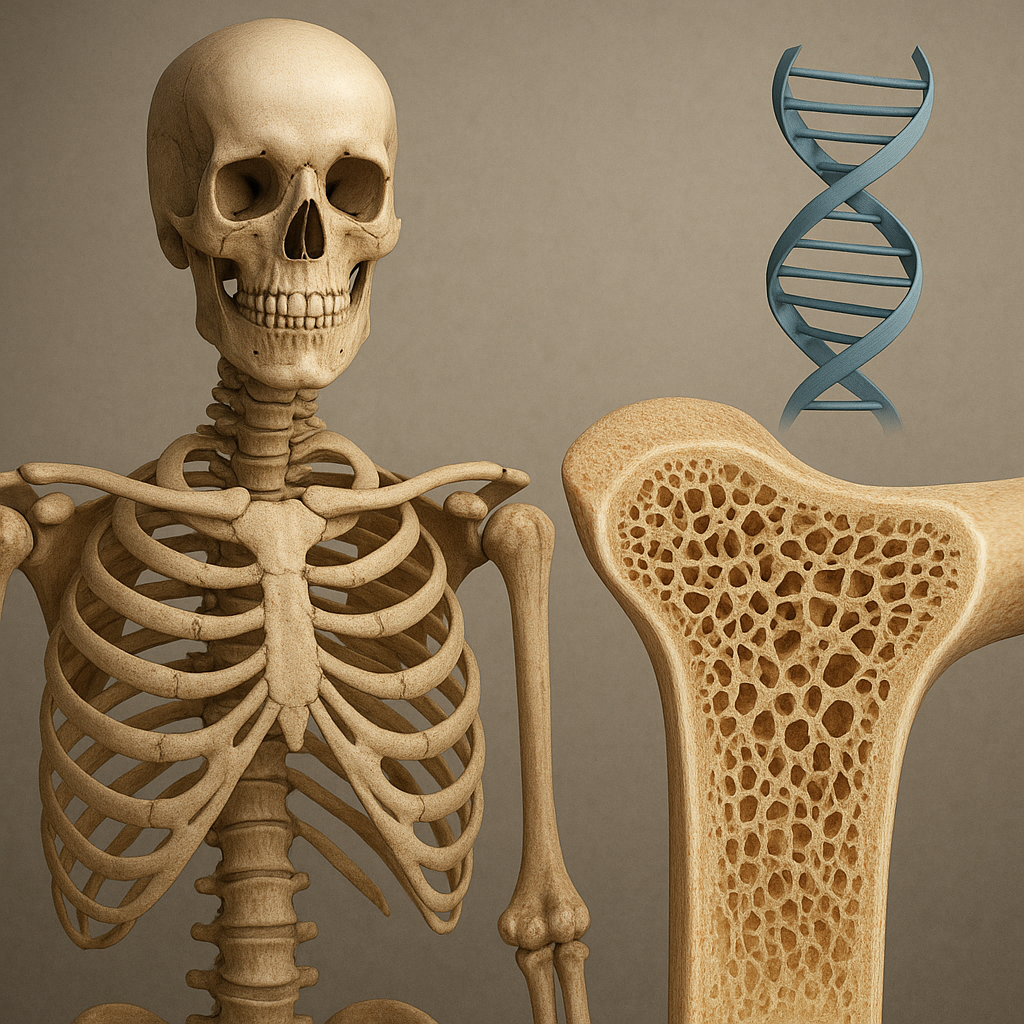The intricate relationship between bones and phosphorus plays a crucial role in maintaining overall health and metabolic functions in the human body. Phosphorus, an essential mineral, is primarily stored in bones and teeth, where it contributes to their structural integrity. This article delves into the mechanisms by which bones store and release phosphorus, highlighting its significance in various physiological processes and the implications of phosphorus imbalance in health.
The Role of Phosphorus in the Body
Phosphorus is one of the most abundant minerals in the human body, second only to calcium. It is a vital component of DNA, RNA, and ATP (adenosine triphosphate), which is the primary energy carrier in cells. The mineral is also crucial for the formation of phospholipids, which make up cell membranes, and plays a significant role in bone health.
Approximately 85% of the body’s phosphorus is found in bones and teeth, where it exists in the form of hydroxyapatite, a crystalline structure that provides strength and rigidity. The remaining phosphorus is distributed throughout the body, participating in various biochemical processes, including energy production, cellular signaling, and the regulation of acid-base balance.
Bone Structure and Phosphorus Storage
The structure of bones is complex, consisting of both organic and inorganic components. The organic matrix is primarily made up of collagen fibers, which provide flexibility and tensile strength. The inorganic component, mainly hydroxyapatite, is composed of calcium phosphate crystals, which give bones their hardness and durability.
Phosphorus is stored in bones in the form of phosphate ions. These ions are incorporated into the hydroxyapatite crystals during the process of bone mineralization, which occurs throughout life. Bone mineralization is a dynamic process that involves the deposition of minerals into the organic matrix, leading to the formation of mature bone tissue.
Bone remodeling, a continuous process of bone resorption and formation, also plays a crucial role in phosphorus storage. Osteoclasts, the cells responsible for bone resorption, break down bone tissue, releasing phosphate ions into the bloodstream. Conversely, osteoblasts, the cells responsible for bone formation, take up these phosphate ions and incorporate them back into the bone matrix. This balance between resorption and formation is essential for maintaining adequate phosphorus levels in the body.
Phosphorus Release and Regulation
The release of phosphorus from bones into the bloodstream is a tightly regulated process influenced by various factors, including hormonal signals, dietary intake, and the body’s overall phosphorus status. The primary hormones involved in this regulation are parathyroid hormone (PTH) and calcitonin.
Parathyroid Hormone and Phosphorus Regulation
Parathyroid hormone is secreted by the parathyroid glands in response to low blood calcium levels. PTH acts to increase blood calcium levels by stimulating osteoclast activity, which leads to increased bone resorption and the release of both calcium and phosphorus into the bloodstream. Additionally, PTH enhances renal reabsorption of calcium while promoting the excretion of phosphorus, helping to maintain a delicate balance between these two minerals.
Calcitonin and Its Role
Calcitonin, produced by the thyroid gland, has the opposite effect of PTH. It is released in response to high blood calcium levels and works to lower calcium levels by inhibiting osteoclast activity, thereby reducing bone resorption. This action also leads to a decrease in phosphorus release from bones. The interplay between PTH and calcitonin is crucial for maintaining homeostasis of both calcium and phosphorus in the body.
Dietary Sources of Phosphorus
Dietary intake is another important factor influencing phosphorus levels in the body. Phosphorus is found in a variety of foods, both animal and plant-based. Animal products, such as meat, fish, dairy, and eggs, are particularly rich in phosphorus, while plant sources include nuts, seeds, legumes, and whole grains.
Phosphorus from animal sources is generally more bioavailable than that from plant sources, meaning it is more easily absorbed by the body. This is due to the presence of phytates in plant foods, which can bind to phosphorus and reduce its absorption. Therefore, individuals who follow a vegetarian or vegan diet may need to pay closer attention to their phosphorus intake to ensure they meet their nutritional needs.
Health Implications of Phosphorus Imbalance
Maintaining a proper balance of phosphorus is essential for overall health. Both phosphorus deficiency and excess can lead to various health issues. Phosphorus deficiency, although rare, can occur in individuals with malnutrition, certain medical conditions, or those who consume a diet extremely low in phosphorus. Symptoms may include weak bones, muscle weakness, and impaired energy production.
On the other hand, excessive phosphorus intake, often due to high consumption of processed foods and phosphate additives, can lead to hyperphosphatemia, a condition characterized by elevated levels of phosphorus in the blood. This condition is particularly concerning for individuals with chronic kidney disease, as their kidneys may struggle to excrete excess phosphorus, leading to complications such as cardiovascular disease and bone disorders.
Conclusion
Understanding how bones store and release phosphorus is vital for appreciating the mineral’s role in maintaining health. The dynamic processes of bone remodeling and hormonal regulation ensure that phosphorus levels remain balanced, supporting various physiological functions. A well-rounded diet that includes adequate phosphorus is essential for optimal health, while awareness of the potential consequences of phosphorus imbalance can help individuals make informed dietary choices. As research continues to uncover the complexities of phosphorus metabolism, it becomes increasingly clear that this mineral is not just a building block of bones but a key player in overall health and well-being.





